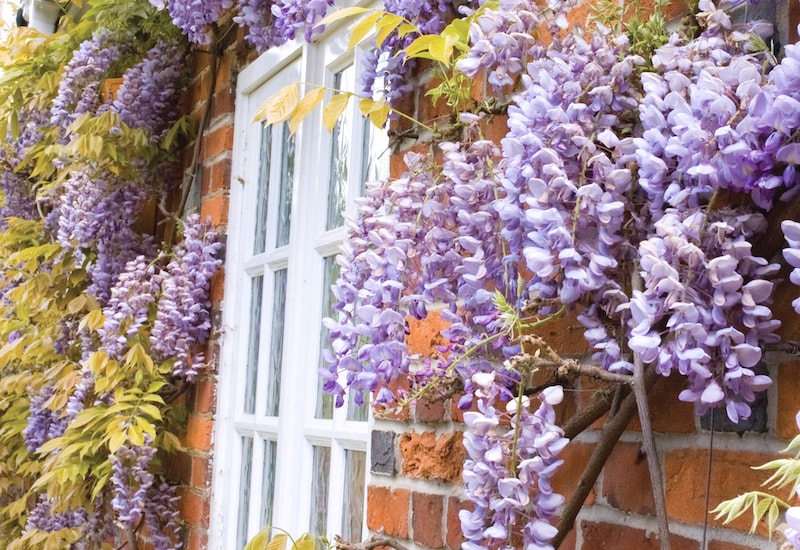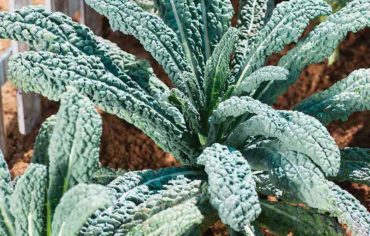If you’re looking for climbing plants to cover fences, train over pergolas or jazz up a blank wall, you’ve come to the right place. This collection of helpful articles, Instagram posts and YouTube videos will help you create a really special display. Whether you’re a fan of classic roses and wisteria or love the exotic blooms found on clematis and honeysuckle, there’s a climber for every garden.
Check out our full range of climbing plants to find stunning colours, beautiful foliage and heavenly scents.
Contents:
- Best expert advice on choosing climbing plants
- Best expert advice on growing clematis
- Best expert advice on growing wisteria
- Best expert advice on growing honeysuckle
- Best expert advice on growing climbing roses
Best expert advice on choosing climbing plants
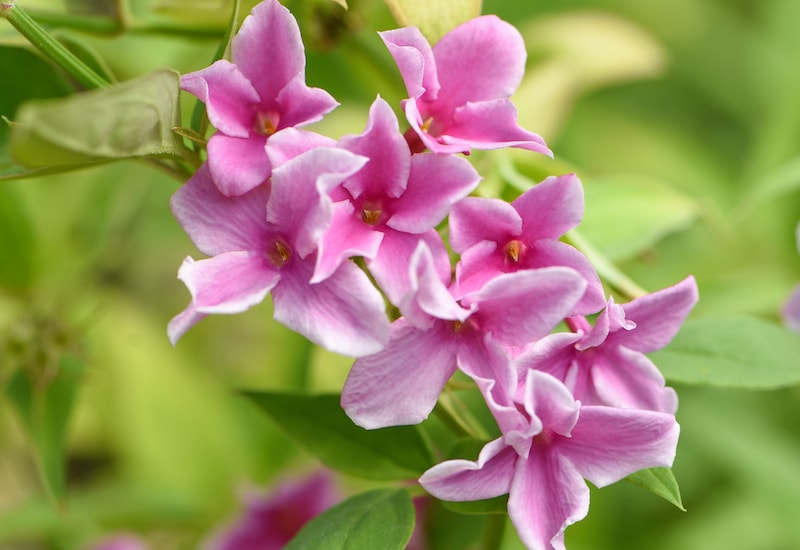
Image: Jasminum x stephanense ‘Starry Starry Summer Scent’ from Suttons (©Thompson & Morgan)
Over at @jessica_holcombe_garden_design, professional designer Jess highly recommends using climbing plants for vertical interest in small gardens where you need to “maximise every inch”. But before you place an order, she urges you to consider not just the ‘what’ and ‘where’ but also the ‘why’ of planting a climber. One of her top tips? Use climbing plants to plug seasonal gaps. Visit her Instagram post for more expert advice and to see inspirational photos of gorgeous climbers in action!
In her comprehensive article on how to choose the best climbing plant for your garden, Alexandra Campbell of The Middle-Sized Garden has thought of everything! Before you begin to consider aesthetics like flowers and foliage, it’s crucial to take into account the planting site, eventual size, speed of growth, and how your plant climbs. Choose wisely, because “different climbers involve different amounts of maintenance,” she says.Read her full article to find out which plants make Alexandra’s list of favourites.
Keen gardener and Instagrammer Tricia Boyd is a fan of succession growing wisteria and clematis up the same tower. Because clematis blooms later in the summer, these two climbers provide a long season of impressive height and beautiful flowers. What a great way to keep the garden looking gorgeous! Tricia’s account @plantmadtricia shows how much can be achieved with an optimistic approach, whatever the season – check it out!
If you have a shady spot to fill, why not grow climbing hydrangeas? Garden designer Sally Parkinson loves them for their heart-shaped leaves, winter structure, and “beautiful lacy white flowers all summer.” Plus, they’re “hardy, easy to grow and low maintenance”. What’s not to love? Passionate about nature, Sally’s Instagram account @salsgardensandspaces is full of beautiful images and top gardening titbits.
Best expert advice on growing clematis
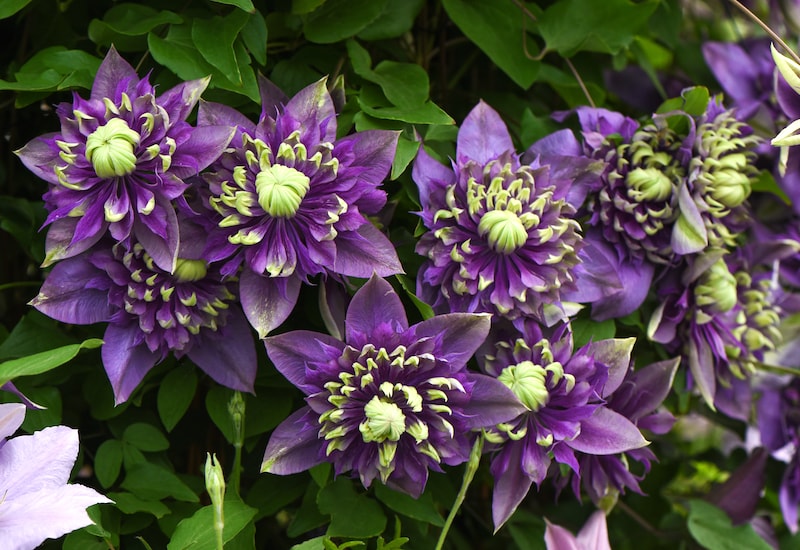
Image: Clematis Plants – ‘Florida Taiga’ from Suttons (©Thompson & Morgan)
Clematis is a hugely popular climber and there’s a large choice of colours and varieties from which to choose. As the expert team at Suttons explains, clematis loves a sunny spot and is reasonably tolerant of most soil types, although you might want to dig in some well-rotted manure if your soil is particularly sandy or heavy. Read the full Suttons guide to learn more planting and pruning tips.
John Moore of Pyracantha favours clematis as a way of covering fences and “adding privacy to your home”. His article clearly explains how to use trellis, wires or plastic netting to guide the plant and keep it in place. His top tip? Don’t plant your clematis too close to the boundary: “Ideally, you want to plant it around 40cm away from the fence because the ground is often dry… and it’s also a good idea to mulch and water in well.” John’s advice comes from years of gardening experience and his methods are easy to follow.
Northumberland-based garden designer Natasha McEwen recommends Clematis ‘Winter Beauty’ for colour and interest in the colder months. She says this beautiful variety sports “lush, green foliage and waxy, bell-shaped, white flowers”. Simply give it a sheltered, sunny spot in your garden and watch it thrive! Follow Natasha over at @natashamcewengardens for loads of inspirational ideas.
Best expert advice on growing wisteria
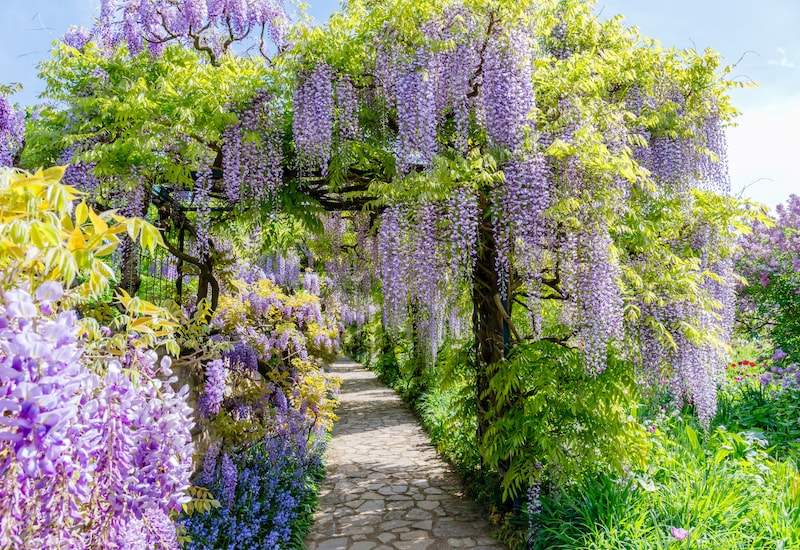
Image: Wisteria Chinensis ‘Amethyst’ from Suttons
To get your wisteria off to a great start, Carol Bartlett of The Sunday Gardener recommends buying a grafted plant. This vigorous climber is traditionally grown on a south-facing wall and produces beautiful, scented flowers in shades of blue, purple, pink and white. Read the full article for all you need to know about growing wisteria.
Wisteria is a versatile plant that is equally happy growing around a door, up a wall or in a container as a standard. Pruning is essential for a healthy plant and plenty of flowers, explains Lee Burkhill at Garden Ninja. As well as cutting back leafy growth, watch out for runners growing from the base of the plant, as these also “take precious energy away from flowering”. See Lee’s step-by-step guide to pruning wisteria in summer and winter for easy to follow advice.
Best expert advice on growing honeysuckle
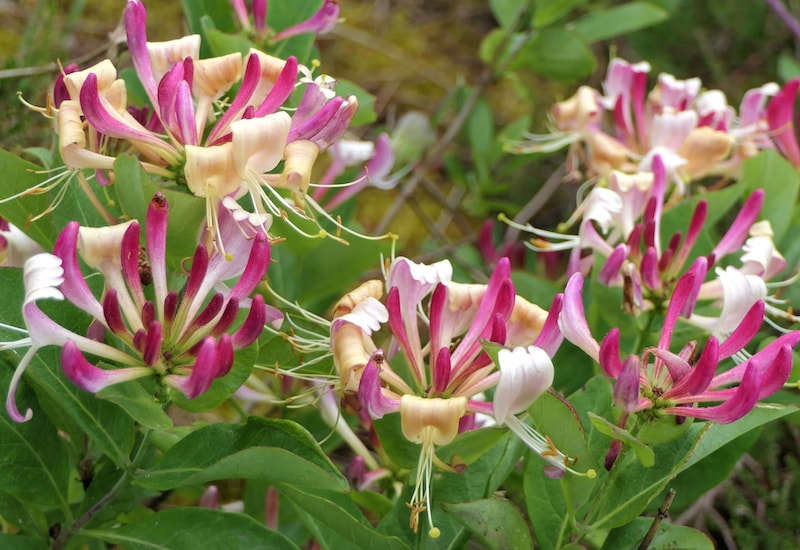
Image: Honeysuckle ‘Fragrant Cloud’ from Suttons
Known for its beautiful flowers and gorgeous evening scent, honeysuckle is also a fantastic choice if you want to encourage “a whole host of wildlife to your garden.” As Joel Ashton of Wild Your Garden explains, the perfume attracts moths (which in turn attract bats), while the dense foliage and twisting branches provide cover for nesting birds. If that isn’t enough, Joel also talks about other advantages of growing honeysuckle in his excellent video – give it a watch!
Over at @littlekentgardener, Toyah recommends winter-flowering honeysuckle, which provides a lovely fragrance – and nectar for bees – at a time in the year “when there’s not much else happening in the garden”. You’ll also find feathered visitors eating the berries come spring, and the flowers make a great cut display, as you can see on Toyah’s Instagram account.
Did you know that some varieties of honeysuckle are edible and medicinal? Fawz Farhan at @thebotanicalpharmacist harvests the flowers to make a syrup which can be used as a honey substitute, or to flavour carbonated water, sweeten herbal tea or soothe a sore throat. The process of making honeysuckle syrup is quite simple, as you can see from her video. Take a look to find out which honeysuckle varieties you can use.
Best expert advice on growing climbing roses
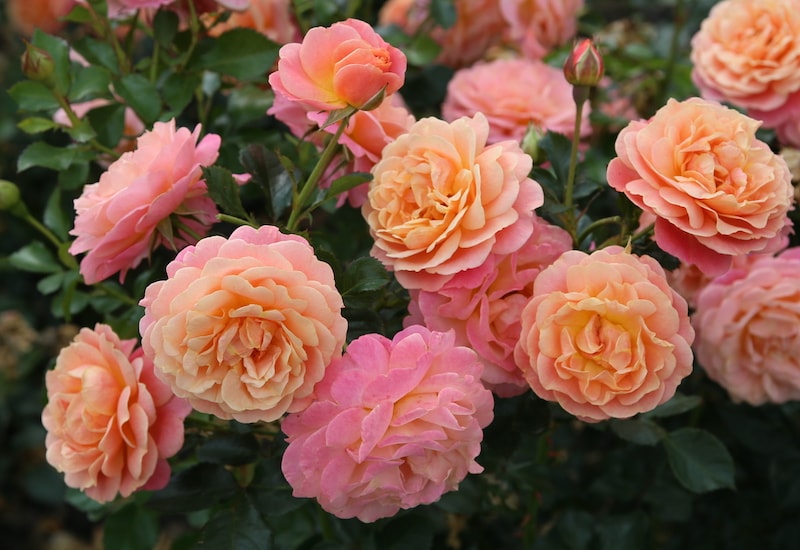
Image: Rose ‘Peach Melba’ (Climbing) from Suttons
To give climbing roses the best chance of success, try to plant them in autumn or early spring when there’s some warmth in the soil, says John Moore of Pyracantha. It’s this warmth that encourages the roots to start growing. There are many varieties of climbing rose available, including miniature and thornless, and one of John’s many pearls of wisdom for growing stronger roses is to “dig in plenty of farm manure when planting as roses are hungry plants.” To learn more of his secrets, read the ull article.
Working in December when his climbing rose is dormant, Andy Peasgood moves the juvenile plant from its “wind tunnel” location to a sunny, sheltered spot by a wall. Using pre-mixed concrete, an upright post, and wire, he builds a simple yet effective frame for his rose to climb up. Head over to @andypeasgood to watch how he does it.
Over at Paul T’s World on YouTube, Paul is an advocate of hard-pruning climbing roses to re-invigorate the plants. He cuts back any weak growth and flowered stems, leaving just four main stems. The flowers are formed on new growth so, even though his freshly-pruned climbing roses look a bit bare, “come spring you’ll see the new shoots and then the flowers will be formed on those new shoots in the same season.” Watch his video to pick up tips on encouraging even more flowers.
RHS Garden Design student Emily of @my_cotswold_garden is growing a ‘Madame Alfred Carriere’ climbing rose against her house. She says it has grown “about 8cm a day since I planted her out,” and will reach 25ft in height! The blooms are a beautiful pale apricot, rather than the expected creamy white, but contrast well with the stone wall. She can’t wait until the sweet smell fills the upstairs bedrooms. Check out her Insta photos for inspiration.
We hope our bloggers have encouraged you to try growing your own climbing plants. Share your favourites with us via Instagram using #growwithsuttons.
Image: Wisteria Sinensis from Suttons (©Thompson & Morgan)
Last Updated on September 13, 2024 by Suttons Horticultural Team

